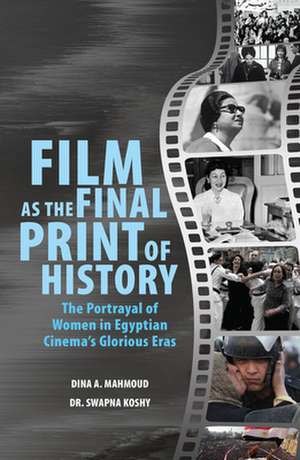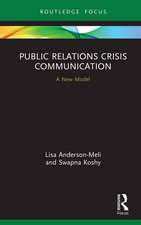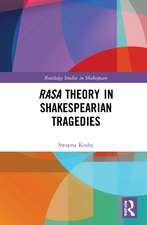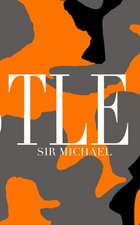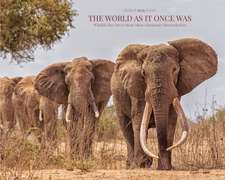Film as the Final Print of History
Autor Swapna Koshy, Dina A Mahmouden Limba Engleză Paperback – sep 2019
Looking at the portrayal of women in two prolific and socially relevant periods in Egyptian film history, this book focuses on a content analysis of films using social realities as a touchstone to assess how well they mirror life.
Film as the Final Print of History provides film enthusiasts with valuable insight into a significant but under-reported sector of the world's film heritage.
Preț: 100.83 lei
Nou
Puncte Express: 151
Preț estimativ în valută:
19.30€ • 20.95$ • 16.21£
19.30€ • 20.95$ • 16.21£
Carte disponibilă
Livrare economică 01-15 aprilie
Preluare comenzi: 021 569.72.76
Specificații
ISBN-13: 9781912969067
ISBN-10: 1912969068
Pagini: 94
Ilustrații: Plates, color; Plates, black and white
Dimensiuni: 152 x 229 x 6 mm
Greutate: 0.22 kg
Editura: LIBRI PUBLISHING LTD
ISBN-10: 1912969068
Pagini: 94
Ilustrații: Plates, color; Plates, black and white
Dimensiuni: 152 x 229 x 6 mm
Greutate: 0.22 kg
Editura: LIBRI PUBLISHING LTD
Notă biografică
Dina A. Mahmoud is a writer and a journalist with a Masters in Media and Communication. Growing up, Dina's parents used film to bring her closer to her roots, and thus her fascination with Egyptian cinema was born. Influenced by films that she used to watch with her parents and the strong female role models in her life, Dina found herself interested in the world of cinema and its relationship to women. Dina decided to explore this topic to better understand the roles of women in Egyptian cinema and how they correlate with the everyday woman that she sees on the streets of Egypt.
Descriere
Looking at theportrayal of women in two prolific and socially relevant periods in Egyptianfilm history, this book focuses on an analysis of films using socialrealities to assess how well they mirror life. The book provides film enthusiasts with valuable insight into a significantbut under-reported sector of the world's film heritage.
